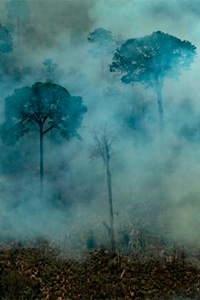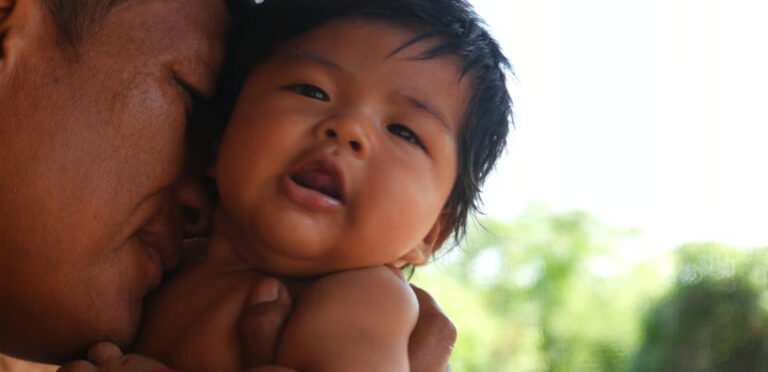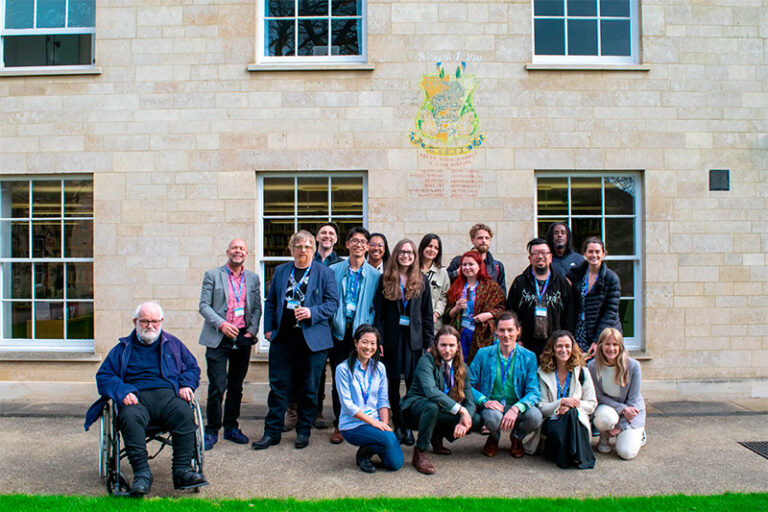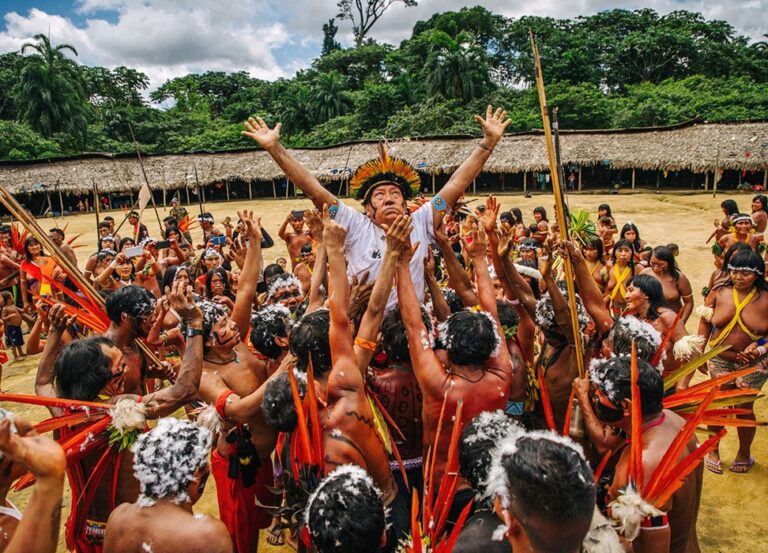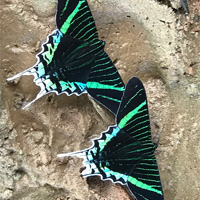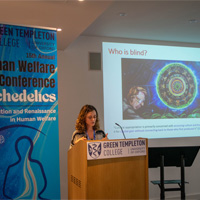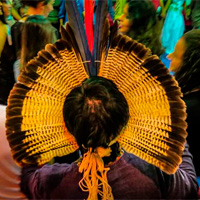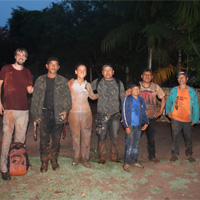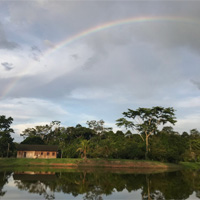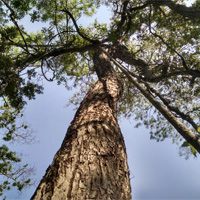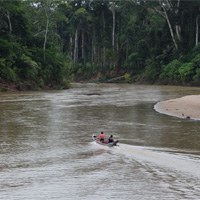
Last month, part of the world witnessed a remarkable solar eclipse. Thanks to scientific knowledge, we now know that this is an astronomical phenomenon involving different celestial bodies – sun, moon and earth –, quantifiable and predictable by astronomy. But for many centuries, before astronomy became a science, such phenomenon was observed and interpreted in different ways by a variety of traditional, pre-industrial cultures. For instance, the disappearance of daylight was interpreted by aboriginal Australians negatively, frequently being associated with bad omens, evil magic, disease, blood and death. The ancient Greeks believed that a solar eclipse was a sign of angry gods and that it was the beginning of disasters and destruction.
The phenomenon made me think about other types of traditional knowledge and world-views that are still at the edge of science. When I was carrying out my plant diet while living in the Amazon with the Yawanawá people, I’ve learned the importance of listening to other than human beings. The extension of subjectivity from human to other than human beings is common to different Amazonian cosmologies. They not only reveal a differential cosmovision, which has triggered the resurgence of the term ‘animism’; but they attribute a differential environmental responsibility to cultures that adhere to these cosmological ideas.
Science has been acknowledging what many indigenous peoples have known for ages: other than humans carry some type of intelligence.
There are now dozens of research papers, hundreds of articles and video hours prepared and published by plant biologists, neurobiologists and other scientists, discussing the many facets of plant intelligence. Through rigorous research and experimentation, behavioral characteristics such as communication, learning, problem solving, memory and memory recall have been established and can be attributed to plants. Nevertheless, modern science is only just beginning to understand nonhuman consciousnesses.
Indigenous peoples, on the other hand, hold great knowledge about it. For them, other than human beings have a spirit. Such beings want us to take care of our habitat so we and them can thrive. They communicate this in ways we can understand. We need, however, to be better listeners.
For many indigenous cultures the true methods of learning are observation and experimentation. They observe and experiment other than human beings and worlds with respect and honour. Consider the sun one more time. One of the most celebrated days of different ancient and indigenous cultures is the summer solstice, when half of the earth receives the greatest amount of sunlight. They believe this celestial being offers the most vibrant cosmic energy that is available to us, being revered by many as a god or a father.
Trees are another good example of major beings for indigenous cultures. They are one of our oldest companions, and indigenous peoples perceive them with humility. Instead of taking trees presence for granted, as we normally do, seeing them as they do will probably result on us taking better care of these remarkable beings that make life on this planet not only infinitely more pleasurable, but possible at all.
And if indigenous perceptions are not enough, scientists have found that trees are social beings. They help each other through their root systems — either directly, by intertwining their roots, or indirectly, by growing fungal networks around the roots. They share food and nourishment with their competitors and are able to distinguish their own roots from those of other species and even from their own relatives.
The reasons behind trees being so social are the same as for human communities: we evolve better when we work together. As Peter Wohlleben explores in The Hidden Life of Trees: What They Feel, How They Communicate:
“A tree is not a forest. On its own, a tree cannot establish a consistent local climate. It is at the mercy of wind and weather. But together, many trees create an ecosystem that moderates extremes of heat and cold, stores a great deal of water, and generates a great deal of humidity. And in this protected environment, trees can live to be very old. The substance of their communication, in fact, is often about and even to other species.”
What about the fungal networks working “behind the curtains”? Fungi constitute the most poorly understood and under-appreciated biological kingdom on earth. They are indispensable to the planet wellbeing (as recyclers of organic matter and builders of soil), but suffer not only our disregard but a deep-seated hostility, what some may call “biological racism”. Funny enough, we are closer, genetically speaking, to the fungal kingdom than to the plants. They too live off the energy that plants harvest from the sun. Some fungi (e.g. mycelia) form Earth’s natural internet, the wood-wide-web – a redundant, complexly branched, self-repairing, and scalable communications network, linking many species over tremendous distances. They are also aware of their environment and able to respond to challenges accordingly.
We now know that during a solar eclipse, the Moon’s cool shadow, moving with supersonic speed through the Earth’s atmosphere, generate bow waves. These internal gravity waves affect the Earth in different ways. Like with natural calamities, different animals (i.e birds) can identify them much before its occurrence. The reasons are said to be different for different events (i.e. humidity change before rain is felt by animals). Similarly, the death rate is low for other animals compared to humans during a tsunami or earthquake, which indicates their capacity to feel the forthcoming event (i.e. they are getting disturbed due to the change on the atmosphere or on the earth’s magnetic field). This could be linked to the aboriginal interpretations of bad omens.
But why we have been unable to be good listeners to other than human beings? Since the industrial revolution we forgot about them. We forgot they are our ancestors and as such know better than us about life on Earth. Instead of honouring them, we started to honour the machines we created. We forgot the role and strength of their voices.
When I was invited to sing by a Yawanawá woman, I remember telling her I couldn’t do it. And she replied: “Can you imagine being in the forest and seeing a macaw hiding in a tree not being able to chant? No – they do exactly the opposite. With all their hearts, they sing, they manifest themselves.” But nowadays, their (and to a great extend our) voices are drowned by the clattering of machines. It is the rumbling of factories, the fun of jets, the roar of cars in the highway, that are heard instead.
Other animals, plants, fungi, viruses, parasites, bacteria, rivers, stones, stars and many others have a very important role in the history of humanity. They are here since the beginning of life. The evolution of our species happened from the adjustments or changes in their physical bodies as organisms and matter. In truth there are no others, we are an open system, all the time co-creating and recreating. From an indigenous perspective this is obvious, they not only recognize our interconnectedness, but they know we are all that is. They are able to see that the world is not something that is given to us but something we engage in by moving, touching, breathing, eating. There is a fundamental continuity between us and the rest of existence. When we cut down a tree, we are cutting down a piece of ourselves.
No forests — no system — operates in isolation, why should we? Why should science? We need to start listening with the body, with the emotions, not just looking at data. And to better listen we need to be quiet. Quietness is not silence, it’s taking stock. It’s listening. It’s wanting to know more. It’s wondering what are the blindspots we still cannot see. It is wondering how we got here, how we let that happen.
We have forgotten about the voices we can only hear when we are quiet. We need to remember. Indigenous peoples are the only ones keeping such memory alive. Thanks to them, we haven’t yet completely forgotten that we are Earth’s new-borns. The Sun is, indeed, our father, our creator. We forget we are star dust, the result of solar explosions that produced chemical matter, in turn generating our planet and life. Traditionally we should pay respect to the elders; these beings are our elders. For how long will we keep ignoring the obvious?
We are empathic beings, we need to extend that to the wild, wider world. “The others”, who have very different forms, also breath, eat, reproduce, grow, communicate, take care of their kin, strategize their survival. If we want to co-evolve in harmony with them, we need to change the way we interact. This could change the hierarchical relationship we forced upon them and inspire us seeing the world in terms of rhizomatic interconnections, assemblages, or a complex “coming together” of things and beings.
Deleuze once affirmed that knowing is not about reason, prediction and control, but about remaining “attentive to the unknown knocking at our door”. We do not know in advance what is knocking, or what will be the consequences, and how to relate to the new. It is easier to empathise when the other being is closer taxonomically to us. But the way of our existence has changed so fundamentally that we believe we are the ones who can “improve the health of the forest”. As if forests were waiting all these 400 million years for us – newcomers – to cure them.
Finally, we are blinded by pre-existing mental expectations. We have known since at least the early 19th century that fungal filaments are connected to the roots of plants. It’s a macroscopic phenomenon, visible to us all. But the senses never have a chance against the power of doctrine. The notion of plant-fungal relationship was so dominated by the concept of pathology — fungus killing the plants — that we kept blinded. We wanted to see competition as the all prevailing mechanism of evolution. It took two centuries before scientists started to realise that fungus were knocking at our doors to say something. In fact, science typically tends to shy away from testing theories that invoke traditional knowledge, non-natural, occult, or mythical ideas.
What are the different unknowns beyond the confines of a liberal imaginary that can provide the basis for knowledge exchange between humans and other than human beings? The question of what world-views are being sustained or occluded by science, politics and modern beliefs is crucial if we want to build collaborations that promote ancestral memories and relations. If we choose to cultivate a disposition for listening to other than human beings, not only acknowledging that they constitute semiotic agents for indigenous peoples, we will need to unlearn many of our cherished assumptions about what constitutes agency and collectivity.

